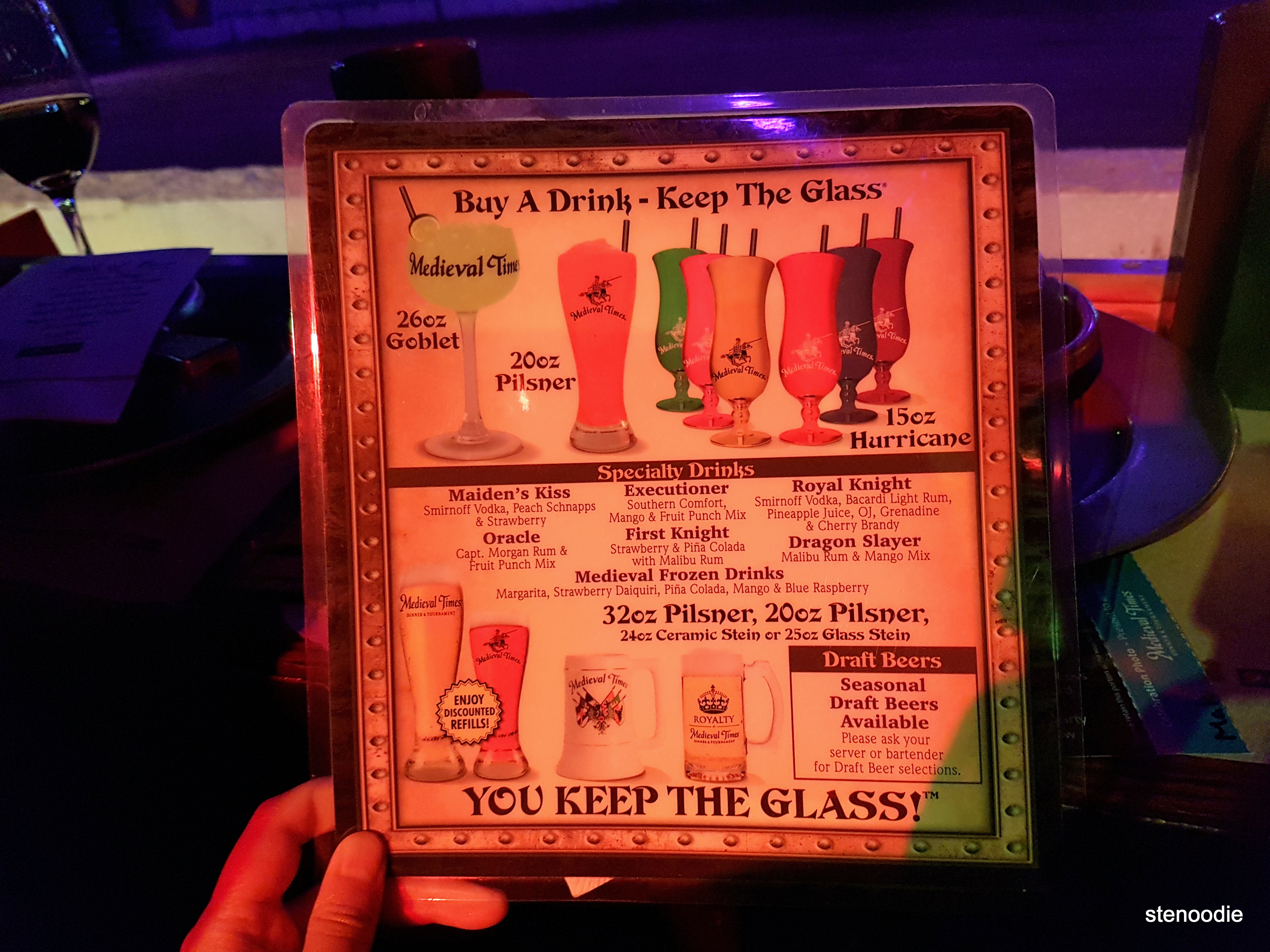
Many people age their mead at room temperature for weeks up to years. When allowing mead to age, it is possible for the bottle to burst.

I used an old, sterilized kombucha glass bottle with a plastic top.
 Transfer the mead to a sterilized container that is fermentation grade. When the airlock stops bubbling, you know the fermentation is slowing down. I chose to stop the first ferment at 17 days. Allow the mead to sit in a dark, undisturbed area for anywhere from 2-6 weeks. Make sure the water in the airlock is level according to the instructions. Add the spices and the dissolved yeast. Transfer the warm water and honey mixture into the fermentation container (I use a glass gallon jar with a plastic lid that seals around a bubbler airlock, purchased on Amazon). Stir in the honey until completely dissolved. Heat water over medium heat until it reaches 90-100 degrees Fahrenheit. Dissolve 1/4 packet of champagne yeast in 1 ounce of distilled or spring water (90 degrees Fahrenheit). Using a food safe sanitizer or boiling water, sterilize all cooking utensils, fermentation container, bubbler and any measuring tools. Many brewers used a special stirring stick which had yeast strains within. Yeast could be taken from past brews called barm (from the top) or lees(left at the bottom). Even from the same producer, you were likely to get very different products over time. Without stainless steel, thermometers, basic sanitation, commercial yeast, precise recipes & measurements, medieval beverages were anything but consistent. Mead made from raw honey contains live yeast, as well as additional yeast from raisins, fruit, flowers, herbs or other flavoring ingredients that would help ferment the honey into alcohol. The term honeymoon even comes from the tradition of a bride’s father gifting the new couple a month’s supply of mead. Medieval mead did not ferment as long as modern mead so it was likely sweeter with less alcohol. The Romans were not mead fans and tried to “civilize” Britons with wine but couldn’t compete with Britons’ true love-ale and beer. While popular throughout Europe in the Middle Ages, mead was also loved by Vikings who credit mead for wisdom and poetry and with the ancient Greeks who called it the nectar of the gods. Mead brewed with spices or herbs was often called Metheglin.
Transfer the mead to a sterilized container that is fermentation grade. When the airlock stops bubbling, you know the fermentation is slowing down. I chose to stop the first ferment at 17 days. Allow the mead to sit in a dark, undisturbed area for anywhere from 2-6 weeks. Make sure the water in the airlock is level according to the instructions. Add the spices and the dissolved yeast. Transfer the warm water and honey mixture into the fermentation container (I use a glass gallon jar with a plastic lid that seals around a bubbler airlock, purchased on Amazon). Stir in the honey until completely dissolved. Heat water over medium heat until it reaches 90-100 degrees Fahrenheit. Dissolve 1/4 packet of champagne yeast in 1 ounce of distilled or spring water (90 degrees Fahrenheit). Using a food safe sanitizer or boiling water, sterilize all cooking utensils, fermentation container, bubbler and any measuring tools. Many brewers used a special stirring stick which had yeast strains within. Yeast could be taken from past brews called barm (from the top) or lees(left at the bottom). Even from the same producer, you were likely to get very different products over time. Without stainless steel, thermometers, basic sanitation, commercial yeast, precise recipes & measurements, medieval beverages were anything but consistent. Mead made from raw honey contains live yeast, as well as additional yeast from raisins, fruit, flowers, herbs or other flavoring ingredients that would help ferment the honey into alcohol. The term honeymoon even comes from the tradition of a bride’s father gifting the new couple a month’s supply of mead. Medieval mead did not ferment as long as modern mead so it was likely sweeter with less alcohol. The Romans were not mead fans and tried to “civilize” Britons with wine but couldn’t compete with Britons’ true love-ale and beer. While popular throughout Europe in the Middle Ages, mead was also loved by Vikings who credit mead for wisdom and poetry and with the ancient Greeks who called it the nectar of the gods. Mead brewed with spices or herbs was often called Metheglin. 
I’m adding cinnamon, cloves, cardamom and pepper to make things a little more interesting but as you know from my Food in Medieval Europe video, many of these spices were prohibitively expensive. Simple mead only requires water, honey and yeast. Finding clean water in busy towns and cities posed a much larger challenge but many medieval beverages were first boiled to kill bacteria. Spring water was pure in the countryside. Today we’re making mead! First, we’ll need clean water.

The collection of 11th and 12th century poems Carmina Burana has a quote that would put modern alcoholic writers to shame, “it is my firm intention, in a bar room to die.” Which makes even Hemingway sound cheery. It’s an understatement to say that medieval Europeans were serious about their alcohol! Tampering with alcoholic beverages in Scotland was a crime punishable by death! You would drink too if you watched 1/3 of Europe die of the plague. We’ll discuss Hildegard the beer loving nun who changed brewing forever by advocating for hops, how the church turned alewives into witches, what Europeans were drinking and how they entertained themselves during these bleak times. We’re going back to the Medieval Europe to learn all about alcohol and make mead.








 0 kommentar(er)
0 kommentar(er)
